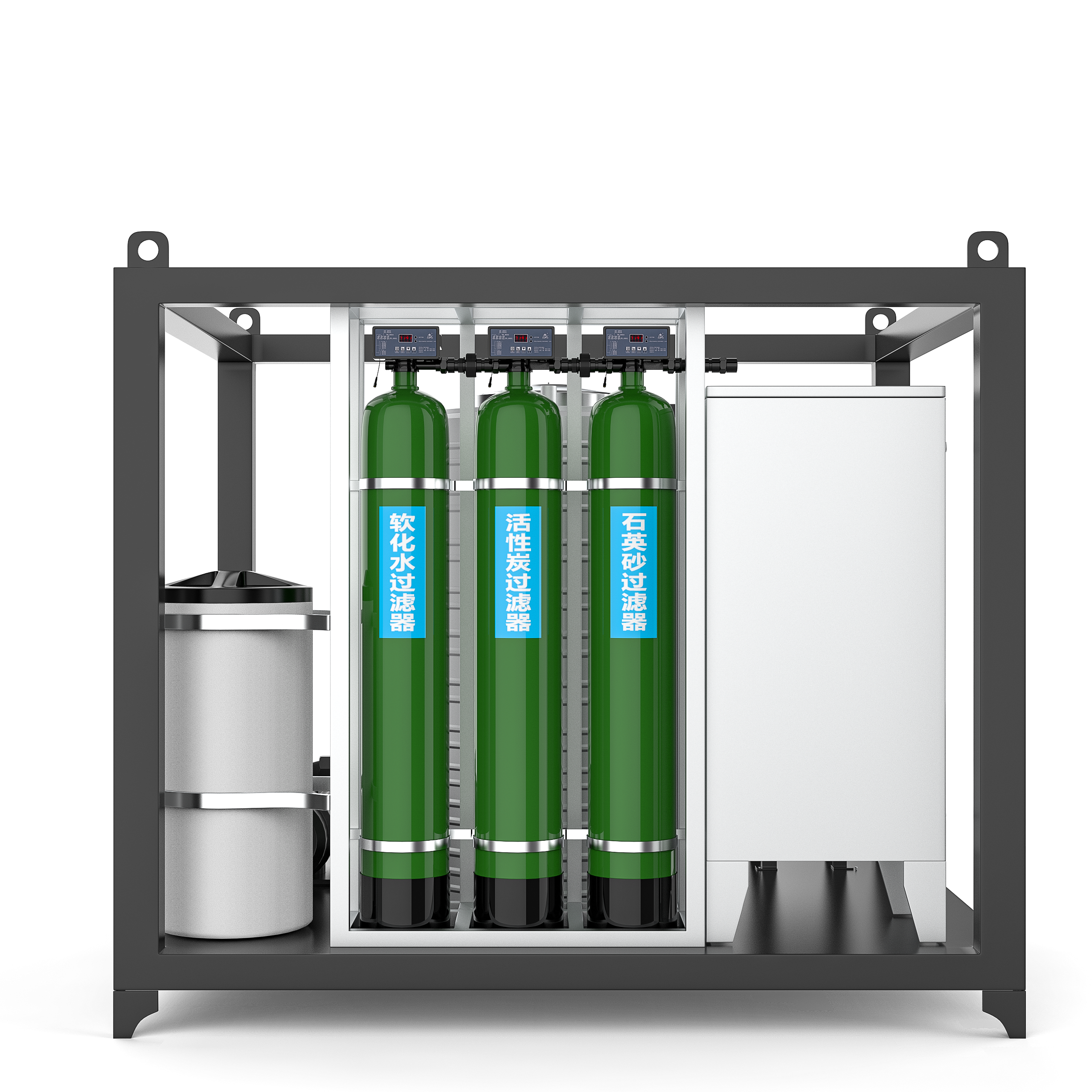Q:What is water quality requirements for water used by steam generators?
A:
Water quality requirements for steam generators!
The water quality of the steam generator should generally meet the following standards: such as suspended solids <5mg/L, total hardness <5mg/L, dissolved oxygen ≤0.1mg/L, PH=7-12, etc., but this requirement can be met in daily life Water quality is very little.
Water quality is a prerequisite for the normal operation of steam generators. Correct and reasonable water treatment methods can avoid scaling and corrosion of steam boilers, prolong the service life of steam generators, reduce energy consumption, and improve economic benefits of enterprises. Next, let’s analyze the impact of water quality on the steam generator.
Although natural water appears to be pure, it contains various dissolved salts, calcium and magnesium salts, i.e. hardness substances, which are the main source of scaling in steam generators.
In some areas, the alkalinity in the water source is high. After being heated and concentrated by the steam generator, the alkalinity of the boiler water will become higher and higher. When it reaches a certain concentration, it will foam on the evaporation surface and affect the quality of the steam. Under certain conditions, too high alkalinity will also cause alkaline corrosion such as caustic embrittlement at the stress concentration site.
In addition, there are often many impurities in natural water, among which the main impact on the steam generator is suspended solids, colloidal substances and dissolved substances. These substances directly enter the steam generator, which is easy to reduce the quality of the steam, and is also easy to deposit into the mud, blocking the pipes, causing metal damage from overheating. Suspended solids and colloidal substances can be removed by pretreatment methods.
If the water quality entering the steam generator fails to meet the requirements, it will affect the normal operation in the slightest, and cause accidents such as dry burning and bulging of the furnace in severe cases. Therefore, users need to pay attention to the control of water quality when using it.
